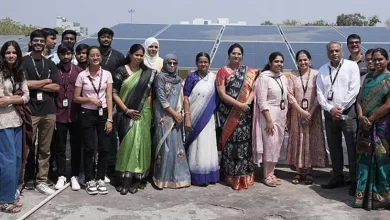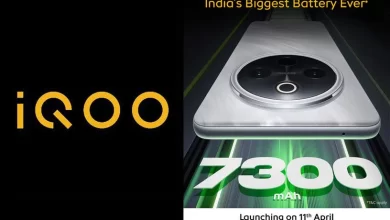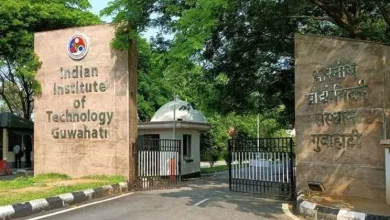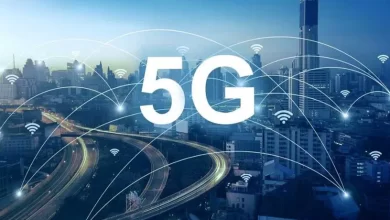Fresh iPhone 14 details revealed ahead of launch, tipped to get direct satellite connectivity
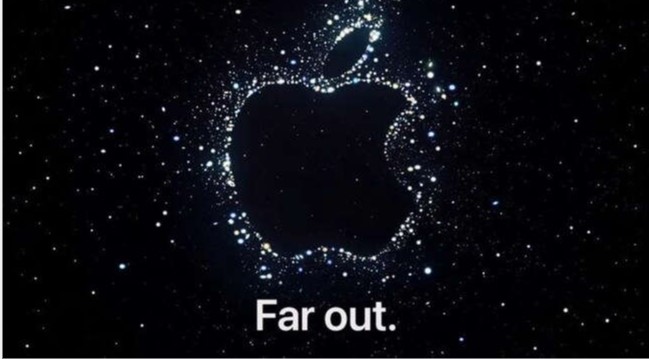
The iPhone 14 series may offer a satellite connectivity option. As the name suggests, satellite communication or connectivity helps transport information from one place to another using communication satellites in orbit around the Earth. Theoretically, it could lead to seamless connectivity even in areas where cellular connectivity remains unavailable.
The development was highlighted by a satellite communications consultant at California-based research firm Telecom, Media and Finance Associates, Tim Farrar (via MacRumors). In a series of tweets, Farrar said speculation on satellite connectivity on the new iPhone 14 series was fueled by their official September 7 event poster, which bears a starry sky artwork with the caption ‘far out’. Farrar also pointed out that Apple is likely working with Globalstar to bring a satellite connectivity option on iPhone 14 models.
It is also speculated that satellite connectivity on iPhone 14 will be limited to two-way text messaging at launch. This could be free of charge, but future pricing details remain unclear. Needless to say, the connectivity option may expand to features like MMS and even calling in the future, as the technology evolves. Satellite connectivity could be first rolled out to customers in the US and other markets, including India, later.
Notable Apple analyst and journalist Mark Gurman had earlier pointed out the development. He too speculates the availability of the connectivity option on the iPhone 14 series. Gurman, in his latest Power On newsletter, believes that satellite communication may also be available on the upcoming Watch Pro.
The journalist has also pointed out that iPhones would need to embed a special modem chip to connect to satellites. On the other hand, the global telco T-Mobile, which recently announced a partnership with Elon Musk’s Starlink for the same satellite connectivity, said that the “vast majority of smartphones” already on its network would be able to connect to SpaceX’s satellites with their existing cellular chips. The idea is the same – to offer connectivity in cellular dead areas.


